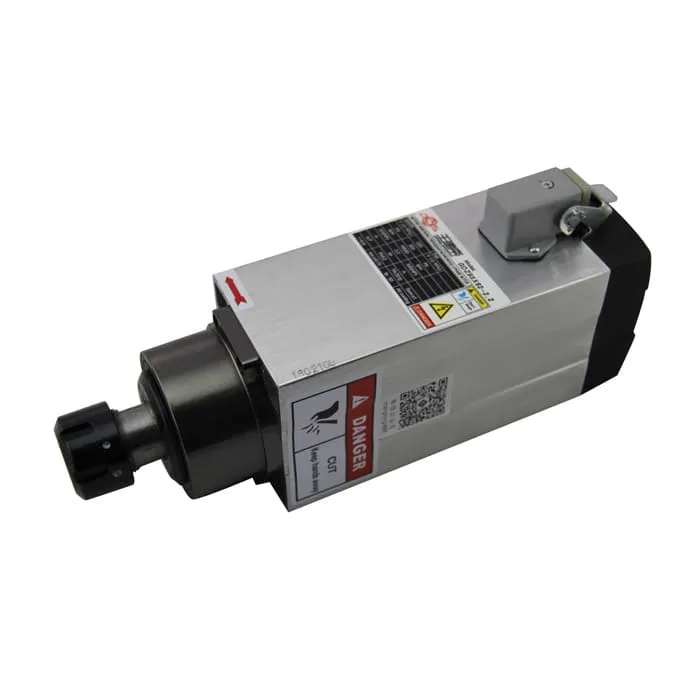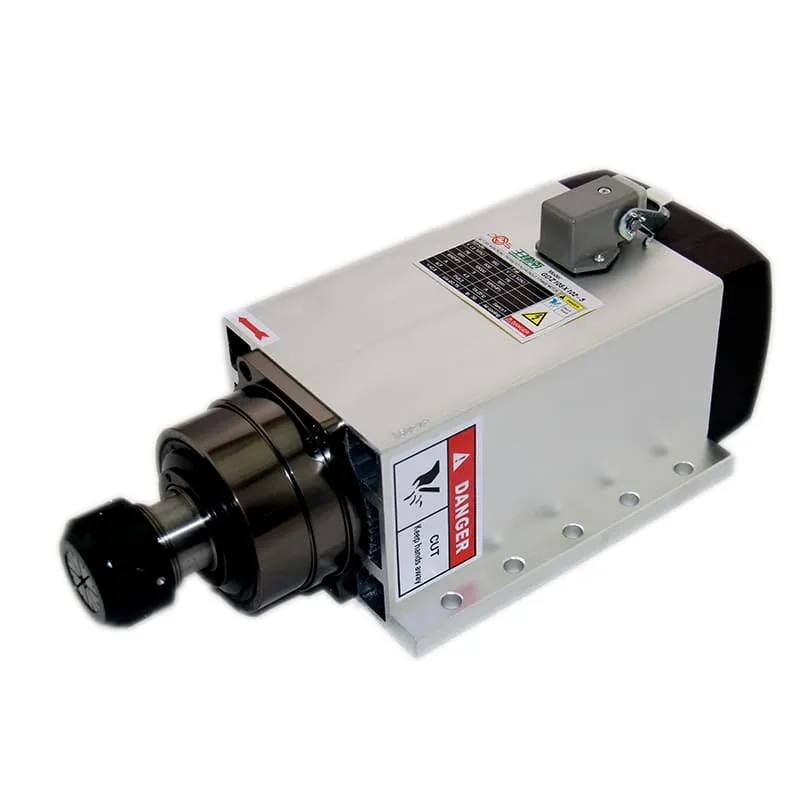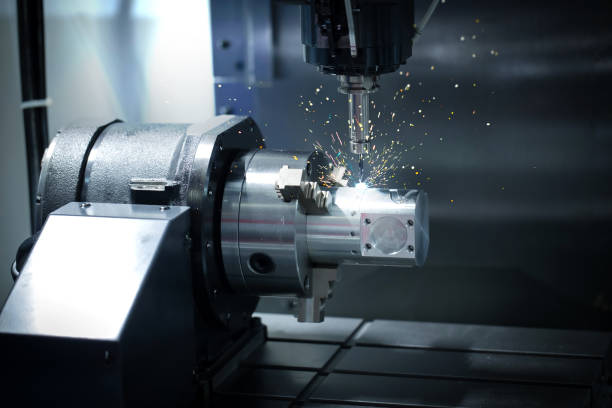How Many CNC Machines in the World: Exploring the Global Landscape of Precision Manufacturing
In today’s rapidly evolving manufacturing landscape, Computer Numerical Control (CNC) machines have become the backbone of precision production across various industries. These sophisticated machines have revolutionized the way we create complex parts, offering unparalleled accuracy and efficiency. But have you ever wondered just how many CNC machines are out there, shaping the products we use every day? Let’s dive into this fascinating topic and explore the global presence of CNC technology.
The Rise of CNC Machining: A Brief Overview
Before we delve into the numbers, it’s important to understand the context of CNC machining’s growth. CNC technology emerged in the 1940s and has since transformed from a niche tool to an indispensable part of modern manufacturing. Its ability to automate complex processes has made it a cornerstone of industries ranging from aerospace to medical device production.
Global CNC Machine Market Size
The global CNC machine market is massive and continually expanding. While it’s challenging to pinpoint an exact number of machines worldwide, we can look at market valuations to get a sense of scale. As of 2023, the global CNC machine market was valued at approximately $80 billion, with projections suggesting it could reach over $130 billion by 2030.
This substantial market size translates to millions of CNC machines operating across the globe, from small desktop units in hobbyist workshops to massive industrial machines in large manufacturing facilities.
Regional Distribution of CNC Machines
The distribution of CNC machines isn’t uniform across the world. Let’s break it down by major regions:
- Asia-Pacific: Leading the pack with the highest concentration of CNC machines, particularly in manufacturing powerhouses like China, Japan, and South Korea.
- North America: A significant player, with the United States being a major adopter of CNC technology across various industries.
- Europe: Boasting a strong presence, especially in countries with robust automotive and aerospace sectors.
- Middle East and Africa: Emerging markets with growing adoption rates, particularly in oil and gas industries.
Industries Driving CNC Machine Adoption
The prevalence of CNC machines is closely tied to the industries that rely on them. Key sectors include:
- Automotive: High-precision spindles are crucial for manufacturing engine components and body parts.
- Aerospace: Demanding tolerances require advanced CNC capabilities for critical parts.
- Medical Devices: Precision is paramount in creating implants and surgical instruments.
- Electronics: PCB drilling and smartphone component manufacturing rely heavily on CNC technology.

Factors Influencing CNC Machine Numbers
Several factors contribute to the growing number of CNC machines worldwide:
- Technological Advancements: Continuous improvements in CNC technology make machines more accessible and versatile.
- Industry 4.0 Integration: The push towards smart factories is driving increased adoption of automated systems, including CNC machines.
- Cost Reduction: As technology becomes more affordable, smaller businesses can invest in CNC capabilities.
- Skilled Labor Shortages: Automation through CNC machines helps address the lack of skilled manual machinists.
Types of CNC Machines Contributing to the Count
When we talk about the number of CNC machines globally, we’re referring to a diverse range of equipment:
- CNC Mills: From 3-axis to 5-axis machines, these versatile tools are found in nearly every manufacturing sector.
- CNC Lathes: Essential for creating cylindrical parts in industries like automotive and oil & gas.
- CNC Routers: Popular in woodworking and sign-making industries.
- CNC Plasma Cutters: Crucial for metal fabrication shops.
- 3D Printers: While not traditional CNC machines, many operate on similar principles and contribute to the broader landscape of computer-controlled manufacturing.

The Role of Spindles in CNC Machine Proliferation
At the heart of every CNC machine is its spindle. The quality and capabilities of spindles play a crucial role in the performance and adoption of CNC technology. High-performance spindles enable machines to operate at higher speeds and with greater precision, making them more attractive to manufacturers across various industries.

Estimating the Number of CNC Machines
While an exact count is elusive, we can make educated estimates based on market data and industry reports:
- Large-scale industrial CNC machines: Estimated 2-3 million units worldwide
- Small to medium-sized CNC machines: Approximately 5-7 million units
- Desktop and hobby-grade CNC machines: Potentially 10-15 million units
These figures suggest that there could be anywhere from 17 to 25 million CNC machines in operation globally, with the number constantly growing.
The Future Landscape of CNC Machines
Looking ahead, several trends are likely to influence the number and distribution of CNC machines:
- Additive Manufacturing Integration: Hybrid machines combining CNC and 3D printing technologies are on the rise.
- AI and Machine Learning: Enhanced software capabilities will make CNC machines smarter and more autonomous.
- Sustainability Focus: Energy-efficient CNC machines will become more prevalent as industries strive to reduce their carbon footprint.
- Democratization of Technology: More accessible CNC machines will lead to increased adoption in small businesses and educational institutions.
Impact on Global Manufacturing
The widespread adoption of CNC machines has significant implications for global manufacturing:
- Increased Productivity: CNC machines can operate 24/7, dramatically boosting output.
- Improved Quality Control: Consistency and precision reduce defects and waste.
- Skill Shift: The workforce is transitioning from manual machining to CNC programming and operation.
- Global Competitiveness: Countries with high CNC adoption rates often lead in manufacturing capabilities.
Challenges in Tracking CNC Machine Numbers
Accurately counting CNC machines globally presents several challenges:
- Rapid Market Growth: The fast-paced nature of the industry makes real-time tracking difficult.
- Diverse Applications: CNC technology is used in various forms across multiple industries.
- Lifespan Variations: Some CNC machines remain operational for decades, while others are replaced more frequently.
- Reporting Discrepancies: Different countries and companies may have varying standards for reporting CNC machine installations.
Economic Implications of CNC Machine Prevalence
The sheer number of CNC machines worldwide has profound economic implications:
- Job Market Shifts: While some traditional machining jobs decrease, new roles in CNC programming and maintenance emerge.
- Supply Chain Dynamics: Regions with high concentrations of CNC machines often become manufacturing hubs.
- Investment Patterns: Industries heavily invest in CNC technology to stay competitive.
- Educational Focus: Technical schools and universities adapt curricula to include CNC programming and operation.
Environmental Considerations
The prevalence of CNC machines also raises environmental considerations:
- Energy Consumption: The large number of CNC machines globally contributes significantly to industrial energy use.
- Material Efficiency: While CNC machines can reduce waste through precision, their widespread use increases overall material consumption.
- Recycling Challenges: Disposing of outdated CNC machines and their components presents recycling and e-waste challenges.
The Role of CNC Machines in Industry 4.0
As we move deeper into the era of Industry 4.0, CNC machines play a pivotal role:
- IoT Integration: Connected CNC machines contribute to the Industrial Internet of Things (IIoT).
- Data Analytics: The vast number of CNC machines generates significant data for analysis and optimization.
- Predictive Maintenance: Advanced monitoring helps predict and prevent machine failures across global operations.
Conclusion: A World Shaped by CNC Technology
While we may not have an exact count, it’s clear that CNC machines number in the tens of millions worldwide, forming the backbone of modern manufacturing. From the intricate components of smartphones to the massive parts of aircraft, CNC machines touch nearly every aspect of our lives. As technology continues to advance, we can expect the number and capabilities of these machines to grow, further revolutionizing how we create and build our world.
The global landscape of CNC machines is vast and ever-expanding, reflecting the relentless march of technological progress in manufacturing. Whether you’re a manufacturer looking to expand your capabilities or simply curious about the technology shaping our world, the prevalence of CNC machines is a testament to their indispensable role in modern industry.
FAQs
How quickly is the number of CNC machines growing globally?
The global CNC machine market is growing at a CAGR of approximately 5-7%, suggesting thousands of new machines are added to the global count each year.
Which country has the highest number of CNC machines?
While exact numbers are difficult to determine, China is believed to have the highest number of CNC machines, followed by the United States and Japan.
Are desktop CNC machines included in global CNC machine estimates?
Yes, desktop and hobby-grade CNC machines are typically included in broader estimates, though they may be categorized separately from industrial-grade machines.
How does the number of CNC machines correlate with a country’s manufacturing output?
Generally, there’s a strong positive correlation between the number of CNC machines and a country’s manufacturing output, though other factors like technological sophistication and workforce skills also play crucial roles.
What impact does the increasing number of CNC machines have on employment in the manufacturing sector?
While the growth in CNC machines can lead to a decrease in certain traditional manufacturing jobs, it also creates new opportunities in areas like CNC programming, maintenance, and advanced manufacturing processes.

